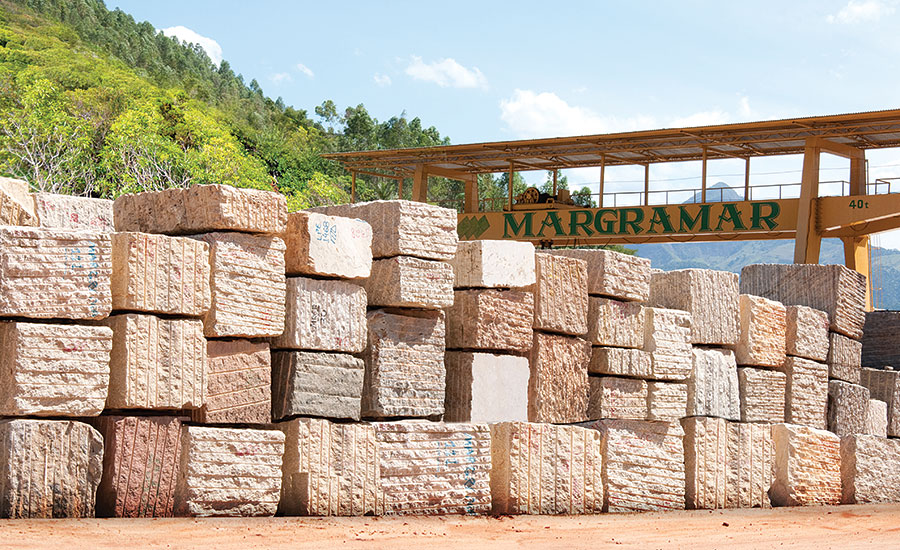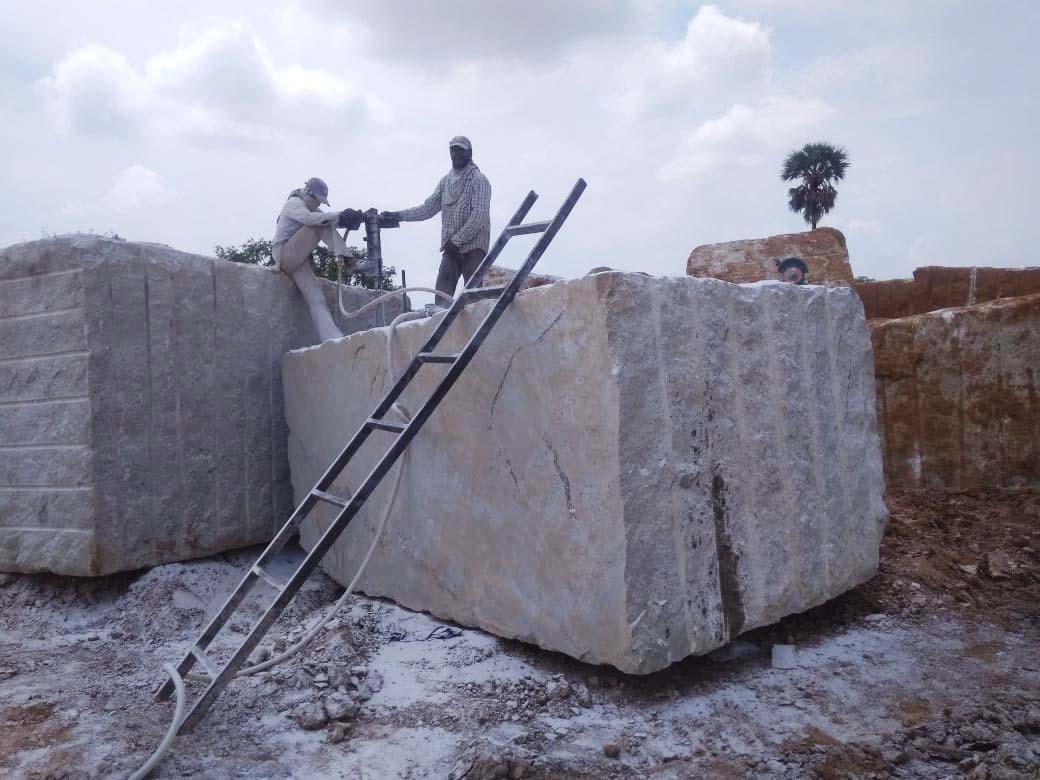Discovering the Rich Background and Lasting Practices of Granite Quarrying
As we stand on the precipice of revealing the complex tapestry of granite quarrying, a journey via time exposes not just the physical act of removing stone yet likewise the cultural and historic importance woven right into the extremely textile of this method. From the ancient beginnings that laid the foundation for contemporary quarrying techniques to the lasting practices that are forming the future of this industry, each chisel mark on granite surfaces informs a story waiting to be discovered (granite quarries in south africa). The heritage of granite quarrying stretches much beyond simple removal; it is a testament to human resourcefulness, resilience, and the long-lasting attraction of this marvelous stone
Ancient Beginnings of Granite Quarrying
Dating back to ancient human beings, the method of quarrying granite has actually been an essential part of human background and architectural improvement. The earliest proof of granite quarrying go back to old Egypt, where enormous pyramids and detailed sculptures were crafted from this durable stone. The Egyptians made use of primitive devices to extract granite blocks from quarries, showcasing the value of this product in their monumental buildings.
Progressing in background, the Greeks also made significant contributions to the quarrying of granite. The Greeks utilized granite in different building wonders, such as holy places and statuaries, showing their skill in shaping and carving this hardy stone. The Romans even more fine-tuned the methods of quarrying granite, utilizing innovative devices like knives and hammers to remove and form granite for their legendary frameworks.
Through the centuries, the practice of quarrying granite has developed, with contemporary technologies improving effectiveness while preserving the timeless appeal of this natural rock - granite quarries in south africa. From old human beings to modern building contractors, the legacy of granite quarrying proceeds to form our globe
Development of Quarrying Methods
The advancement of quarrying strategies has actually been marked by a constant progression towards greater performance and precision in extracting granite. From the basic methods employed by our forefathers to the advanced innovations utilized in modern-day quarrying procedures, the market has undertaken considerable developments. Early quarrying techniques entailed manual work with standard devices such as knives, hammers, and wedges to remove granite blocks from the earth. As human beings progressed, methods like fire-setting and primitive dynamites were introduced to facilitate the removal process.
In even more recent times, the arrival of machinery changed the quarrying market, enabling quicker extraction prices and increased performance. Technologies such as diamond cord saws, high-pressure water jets, and pneumatic drills have actually become typical in contemporary quarries, permitting exact cutting and reduced waste. Moreover, advancements in computer-controlled devices and 3D modeling have actually enhanced quarrying procedures, leading to very little ecological impact and boosted sustainability practices. As the need for granite remains to rise, the advancement of quarrying review strategies stays indispensable to conference industry needs effectively and sustainably.
Social Importance of Granite
Granite holds a profound cultural value throughout different people due to its enduring existence in architectural work of arts and prized monuments. The cultural relevance of granite extends beyond its physical characteristics; it personifies resilience, stability, and eternity, making it a sign of sustaining legacies and customs.

Lasting Practices in Quarrying
Amidst the abundant background of granite quarrying and its cultural relevance lies an expanding focus on lasting techniques within the market. As environmental understanding and concerns about source deficiency have actually heightened internationally, the quarrying sector has actually progressively embraced sustainable approaches to lessen its effect on the environment and bordering neighborhoods.

Additionally, improvement and recovery of quarry websites post-extraction are indispensable to lasting practices. By restoring quarried areas to a natural or useful state, such as producing wildlife environments or entertainment spaces, quarriers can balance out the environmental footprint of their operations and contribute favorably to the local environment.
Tradition of Granite Quarrying
With a historic background steeped in craftsmanship and industrial development, what enduring impact has granite quarrying left on the landscape of modern culture? The heritage of granite quarrying goes beyond simple extraction methods; it has shaped building wonders, metropolitan landscapes, and cultural heritage worldwide. The resilient nature of granite has article source made it a preferred choice for monoliths, structures, and facilities, standing as a testament to the skill and virtuosity of quarry employees across generations.
Furthermore, the economic impact of granite quarrying can not be forgotten. The market remains to provide employment possibility and drive regional economic climates in regions where granite removal prevails. It has additionally stimulated technological advancements in quarrying strategies and devices, resulting in more reliable and lasting practices.
In terms of sustainability, the heritage of granite quarrying includes initiatives to mitigate ecological impacts with recovery projects and liable source administration. By stabilizing economic rate of interests with ecological stewardship, the market makes every effort to make sure that future generations can proceed to profit from this enduring natural source.
Verdict

Comments on “Diving right into of Granite Quarries in South Africa”